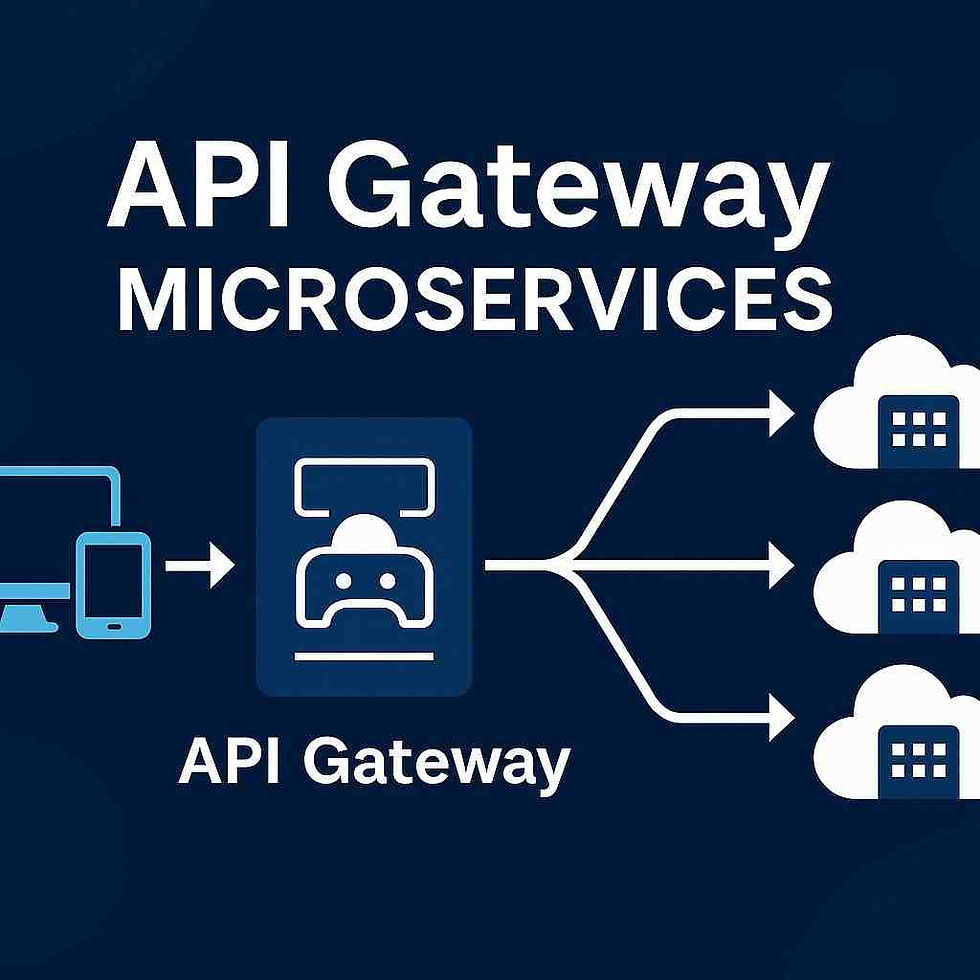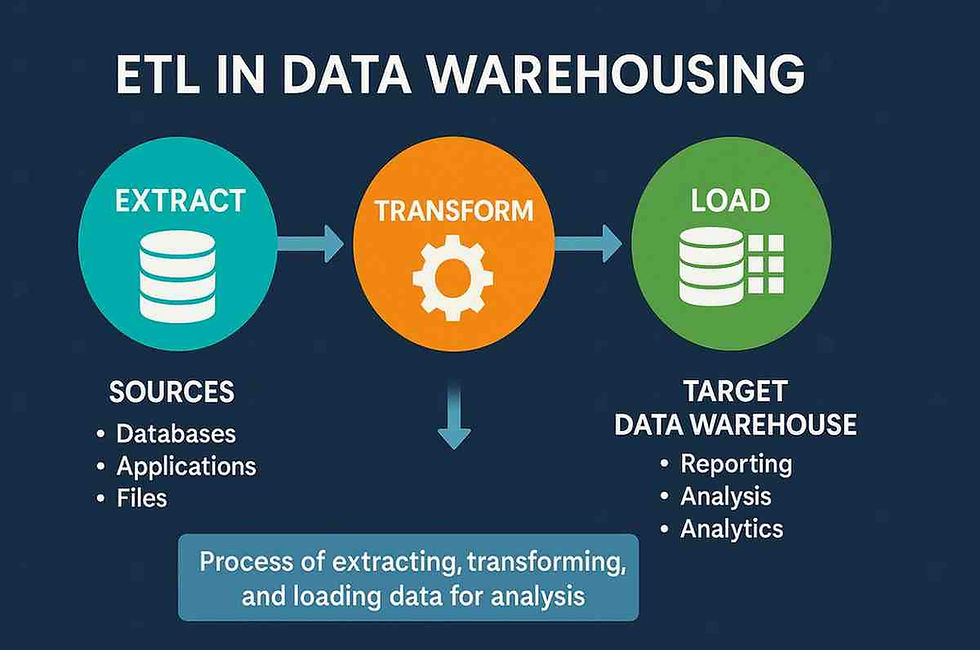Guide to Boundary Testing in Software Testing | 2025 Expert Tips
- Gunashree RS
- Jun 3
- 7 min read
Every software application has limits. Whether it's the maximum number of characters in a text field, the range of acceptable values for a numeric input, or the size limit for file uploads, these boundaries are where errors love to hide. That's exactly where boundary testing comes into play.
In this comprehensive guide, we'll explore everything you need to know about boundary testing, from fundamental concepts to advanced implementation strategies that will help you catch those sneaky edge-case bugs before they reach production.

What is Boundary Testing?
Boundary testing, also known as Boundary Value Analysis (BVA), is a black-box testing technique that focuses on testing the extreme ends or boundaries of input domains. This method identifies errors and bugs between the extreme limits or boundaries of a software program, as the behavior at the edge of equivalence partitions is more likely to be incorrect than the behavior within the partition.
The core principle behind boundary testing is simple yet powerful: most programming errors occur at the boundaries of input ranges rather than in the middle. These errors often manifest as off-by-one mistakes, buffer overflows, or incorrect validation logic.
Key Characteristics of Boundary Testing
Edge-focused: Concentrates on values at the boundaries of input ranges
Systematic approach: Uses specific formulas to determine test cases
High defect detection: Identifies critical errors that might be missed otherwise
Complementary technique: Works best when combined with equivalence partitioning
How Boundary Testing Works
Boundary testing focuses on the edges of what your software will accept, systematically checking what happens right at and around the limits of valid inputs.
The technique involves testing three critical points for each boundary:
Minimum boundary value: The smallest acceptable value
Maximum boundary value: The largest acceptable value
Values just outside boundaries: One value below the minimum and one above the maximum
The Mathematical Foundation
For a single variable with boundaries, you typically need 5 test cases:
Minimum value (min)
Just below minimum (min-1)
Maximum value (max)
Just above maximum (max+1)
One nominal value within the range
For multiple variables, the formula becomes (4n + 1) test cases, where n is the number of variables.
Types of Boundary Testing
1. Single Boundary Testing
Tests one boundary at a time while keeping other variables at nominal values. This approach is simpler but may miss interaction errors between variables.
2. Multiple Boundary Testing
Tests combinations of boundary values across multiple variables simultaneously. This method is more comprehensive but requires more test cases.
3. Robust Boundary Testing
Extends traditional boundary testing by including additional invalid values beyond the immediate boundaries, providing more thorough error detection.
Step-by-Step Implementation Process
Step 1: Identify Input Variables
Start by cataloging all input fields, parameters, and variables that accept user data or system inputs.
Step 2: Determine Valid Ranges
For each variable, identify:
Minimum acceptable value
Maximum acceptable value
Data type constraints
Special formatting requirements
Step 3: Define Boundary Values
Calculate the specific boundary values:
Lower boundary: Minimum valid value
Upper boundary: Maximum valid value
Invalid boundaries: Just outside the valid range
Step 4: Create Test Cases
Design test cases that cover:
All boundary values
Just-invalid values
Nominal values for comparison
Step 5: Execute and Analyze
Run tests systematically and document any failures or unexpected behaviors.
Real-World Examples and Applications
Example 1: Age Validation System
For an age input field with a valid range of 18-65:
Test Cases:
Age = 17 (invalid, below minimum)
Age = 18 (valid, minimum boundary)
Age = 35 (valid, nominal value)
Age = 65 (valid, maximum boundary)
Age = 66 (invalid, above maximum)
Example 2: Password Length Validation
For a password field requiring 8-20 characters:
Test Cases:
7 characters (invalid)
8 characters (valid, minimum)
14 characters (valid, nominal)
20 characters (valid, maximum)
21 characters (invalid)
Example 3: File Upload Size Limits
For file uploads with a 10MB limit:
Test Cases:
9.99MB file (valid, just below limit)
10MB file (valid, at boundary)
10.01MB file (invalid, just above limit)
0MB file (edge case)
Negative size (invalid)
Advanced Boundary Testing Techniques
Equivalence Partitioning Integration
Combine boundary testing with equivalence partitioning to create comprehensive test coverage. Use boundary values as representatives from each equivalence class.
Multi-Dimensional Boundary Testing
For systems with multiple interrelated variables, test boundary combinations:
One variable at the boundary, others at nominal values
Multiple variables at boundaries simultaneously
Mixed boundary and nominal value combinations
Time-Based Boundary Testing
Test temporal boundaries such as:
Session timeouts
Date range validations
Time-sensitive operations
Cache expiration limits
Common Pitfalls and How to Avoid Them
Pitfall 1: Ignoring Data Type Boundaries
Solution: Always consider the limitations of data types (integer overflow, floating-point precision, string length limits).
Pitfall 2: Missing Implicit Boundaries
Solution: Look for hidden boundaries in business rules, system constraints, and environmental limitations.
Pitfall 3: Focusing Only on Positive Boundaries
Solution: Test negative boundaries, zero values, and edge cases specific to your domain.
Pitfall 4: Neglecting Boundary Interactions
Solution: Test how boundary values interact with other system components and external dependencies.
Best Practices for Effective Boundary Testing
1. Start with Requirements Analysis
Thoroughly understand all constraints, limitations, and business rules before designing boundary tests.
2. Document Boundary Assumptions
Clearly document what you consider to be boundaries and why, especially for ambiguous cases.
3. Automate Boundary Test Cases
Create automated tests for boundary conditions to enable frequent execution and regression testing.
4. Test Both Functional and Non-Functional Boundaries
Include performance boundaries, security limits, and resource constraints in your testing scope.
5. Validate Error Messages
Ensure that boundary violations produce appropriate, user-friendly error messages.
Tools and Technologies for Boundary Testing
Testing Frameworks
JUnit/TestNG: For Java applications
pytest: For Python applications
Selenium: For web application boundary testing
Postman: For API boundary testing
Automated Test Generation
Property-based testing tools: Generate boundary test cases automatically
Fuzzing tools: Test extreme and invalid boundary values
Model-based testing: Systematic boundary test case generation
Measuring Boundary Testing Effectiveness
Key Metrics to Track
Boundary coverage: Percentage of identified boundaries tested
Defect detection rate: Number of defects found per boundary test
False positive rate: Incorrectly flagged boundary violations
Test execution time: Efficiency of boundary test execution
Success Indicators
Reduced production defects related to input validation
Improved user experience with edge cases
Better system stability under extreme conditions
Enhanced confidence in system boundaries
Frequently Asked Questions
What's the difference between boundary testing and equivalence partitioning?
Boundary testing focuses specifically on the edges of input ranges, while equivalence partitioning groups similar inputs together. They're complementary techniques often used together for comprehensive test coverage.
How many test cases do I need for boundary testing?
For a single variable, you typically need 5 test cases. For multiple variables, use the formula (4n + 1) where n is the number of variables. However, this can vary based on your specific requirements.
Can boundary testing be automated?
Yes, boundary testing is highly suitable for automation. You can create parameterized tests that automatically execute boundary value combinations, making it efficient for regression testing.
When should I use boundary testing?
Use boundary testing when your application has defined input ranges, validation rules, or system limits. It's particularly valuable for forms, APIs, file processing, and any system with user inputs.
What types of defects does boundary testing find?
Boundary testing commonly finds off-by-one errors, buffer overflows, validation logic errors, integer overflow issues, and incorrect range checking implementations.
How do I handle unclear or ambiguous boundaries?
When boundaries are unclear, consult with stakeholders, review requirements documentation, and consider business logic. Document your assumptions and validate them with domain experts.
Conclusion
Boundary testing is a critical technique in the software tester's toolkit. By systematically testing the edges of input domains, you can catch errors that would otherwise slip through traditional testing approaches. The technique's power lies in its focus on the most error-prone areas of software systems.
Success with boundary testing requires understanding your system's constraints, systematically identifying boundaries, and implementing comprehensive test cases that cover both valid and invalid boundary conditions. When combined with other testing techniques and supported by automation, boundary testing becomes an invaluable tool for ensuring software quality and reliability.
Remember that effective boundary testing isn't just about finding defects—it's about understanding your system's limits and ensuring it behaves predictably at those limits. This understanding helps build more robust, reliable software that performs well under all conditions.
Key Takeaways
• Boundary testing focuses on the edges of input ranges where most programming errors occur
• Use the formula (4n + 1) for determining the number of test cases needed for n variables
• Always test both valid boundary values and invalid values just outside the boundaries
• Combine boundary testing with equivalence partitioning for comprehensive coverage
• Document boundary assumptions clearly, especially for ambiguous or unclear cases
• Automate boundary test cases to enable frequent execution and regression testing
• Consider data type limitations, business rules, and system constraints when identifying boundaries
• Test both functional boundaries (input ranges) and non-functional boundaries (performance limits)
• Validate that boundary violations produce appropriate error messages and system responses
• Track metrics like boundary coverage and defect detection rate to measure testing effectiveness
• Include time-based boundaries such as session timeouts and date validations in your testing scope
• Remember that boundary testing is most effective when integrated with other testing techniques
References and Further Reading
GeeksforGeeks - Comprehensive software testing boundary value analysis tutorials and practical examples
Indeed Career Guide - Professional guidance on boundary testing implementation and career development
TestGrid Blog - Modern approaches to boundary value testing in contemporary software development
TutorialsPoint - Complete reference dictionary and educational resources for boundary testing methods
Alphabin Technology Blog - Detailed technical analysis and implementation guides for boundary value analysis
Ministry of Testing - Professional testing community resources and boundary testing glossary
Baeldung Computer Science - In-depth technical tutorials on boundary value analysis implementation
ZapTest - Comprehensive guide to boundary value analysis types, processes, and testing tools




Quality assurance in tech always sparks interesting debates among developers. Automation helps, but human insight remains key to catching subtle issues before release. The same principle applies to cloud-based systems even top brands rely heavily on user feedback to stay efficient. Browsing icloud reviews shows how customer expectations push for better reliability and clearer support options. It proves that even sophisticated ecosystems depend on trust. Testing isn’t just about fixing bugs; it’s about maintaining a smooth relationship between innovation and real-world usability.
Link INDOVIP138
indovip138
indovip138
indovip138
indovip138
indovip138
indovip138
indovip138
indovip138
indovip138
indovip138
indovip138
indovip138
indovip138
indovip138
indovip138
indovip138
indovip138
indovip138
indovip138
indovip138
indovip138
indovip138
indovip138
indovip138
indovip138
indovip138
indovip138
indovip138
indovip138
indovip138
indovip138
indovip138